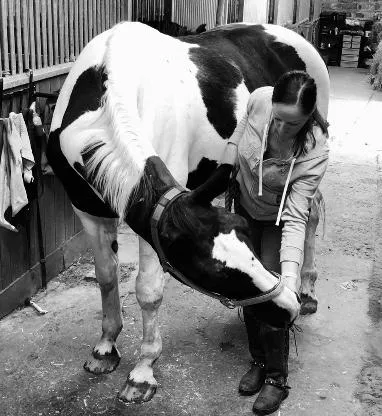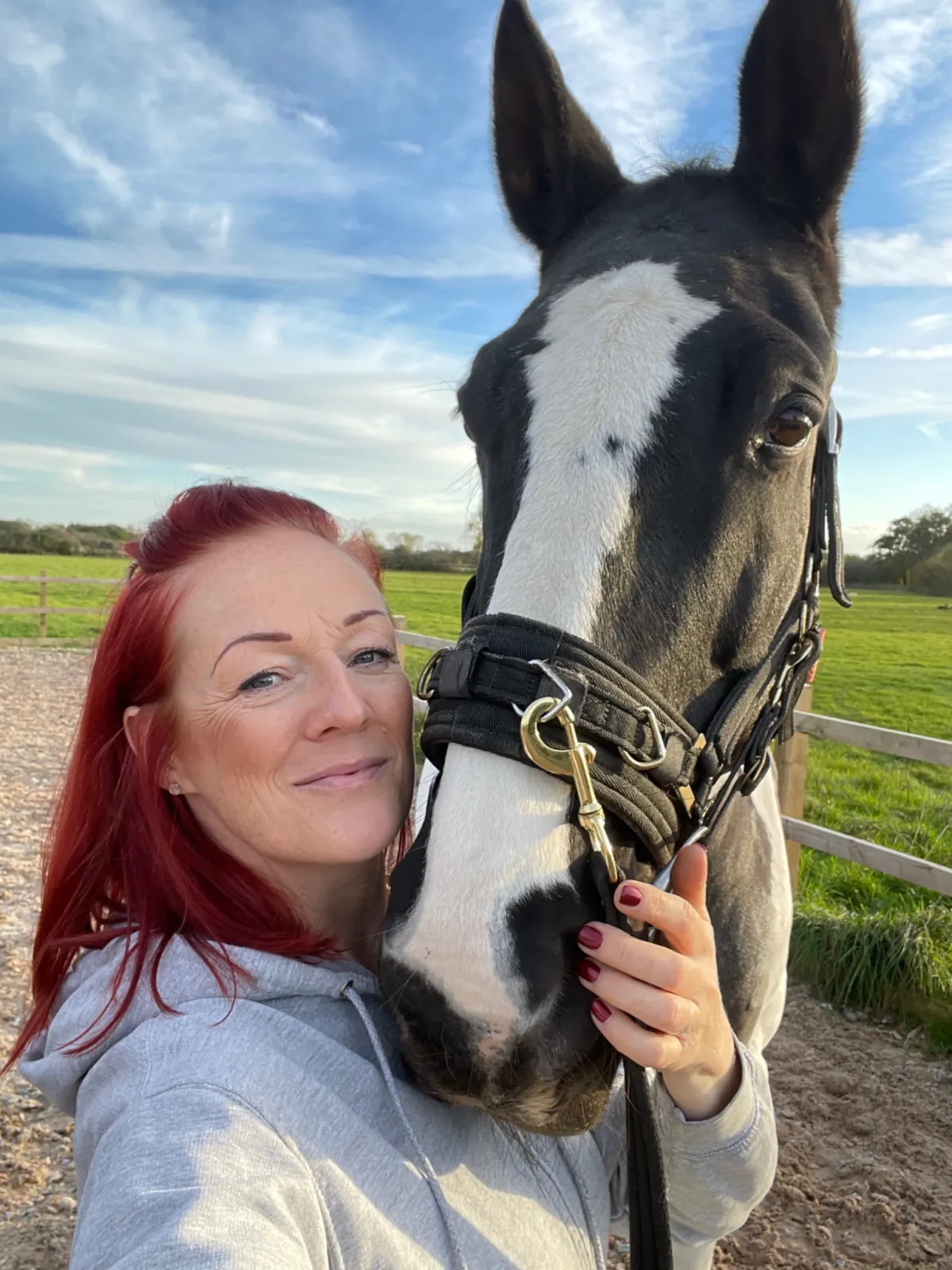
Pain Doesn't Always Look Like Lameness
Pain Doesn’t Always Look Like Lameness – Here’s What to Watch For
Today I saw a pony with muscle damage in his back, caused by an ill-fitting saddle while he was out on loan.
He wasn’t ‘lame’ in the traditional sense. But he was stiff, moving with an inverted posture, and showing signs of discomfort by nipping at his owner and resisting touch. He looked angry—but really, he was in pain.
This was a sharp reminder of something I’ve seen time and time again in my 13 years as an equine spinal therapist and physio:
👉 When one area of a horse’s body is under strain, it creates a ripple effect of compensation, imbalance, and tension everywhere else.
In this pony’s case, the back pain triggered a full-body response—tightness, resistance, and poor movement patterns. And sadly, this is far more common than most horse owners realise.
Think of Your Horse’s Body Like a Bike Chain
This is one of my favourite visual analogies to use when assessing horses.
Every part of your horse’s body—muscles, joints, fascia, spine—is like a link in a bike chain.
For the whole system to move smoothly and efficiently, every link needs to work properly.
But if even one link is stiff, damaged, or overloaded…
The chain catches. Movement becomes clunky or restricted.
Other areas are forced to pick up the slack.
And that’s where injury risk skyrockets.
This is exactly what happens when horses are weak through the core. They start to overuse their shoulders, drop through their back, overload the forehand, and lose posture and balance.
Heavier on the Forehand = Higher Injury Risk
One of the most common compensation patterns I see is horses becoming heavy on the forehand. This often stems from a weak core and poor postural strength.
It might look like rushing, leaning, stumbling, or resisting contact. But underneath, the horse is trying to stay upright using tension rather than true balance.
Over time, this pattern increases the risk of strain to the forelimbs, shoulders, and spine.
Stuck in Training? This Could Be Why
If your horse feels “stuck” in their progress—finding transitions hard, resisting connection, or lacking engagement—it’s often a core strength issue, not a training problem.
Without strong stabilising muscles, they simply can’t carry themselves (and the rider) well.
Progress feels slow because they’re working around dysfunction.
👀 Practical Tip: Watch the Chain in Motion
Here’s something you can do today:
Step back and watch your horse walk and trot in-hand. Visualise the bike chain analogy.
Is every part of their body moving freely and in sync?
Or is one area doing too much while another stays stiff or stuck?
This quick check-in can tell you so much—and help you spot compensation before it becomes a bigger issue.
Core Strength Changes Everything
The good news? You can fix these issues before they become serious problems.
My Core Exercises for Your Horse Course is designed to do exactly that—build postural strength, improve balance, and help the whole body work together like a smooth, well-oiled chain.
✅ No special equipment needed
✅ Just 10 minutes a day
✅ Improve your horse’s movement, posture, and comfort
And right now, you can grab it for just £9 (lifetime access included!).
These are the same exercises I’ve used for years with horses in rehab, in performance work, and with my own horse, Azuro—especially after his kissing spine surgery.
💡 Bonus insight: These exercises don’t just build strength—they can also act as a daily diagnostic tool. When you do them regularly, you’ll start to feel when something isn’t quite right—tightness, resistance, a lack of lift—and spot areas of concern before they become visible issues.
They help you listen to your horse’s body and stay one step ahead.
This work matters. And your horse deserves to feel good in their body.

